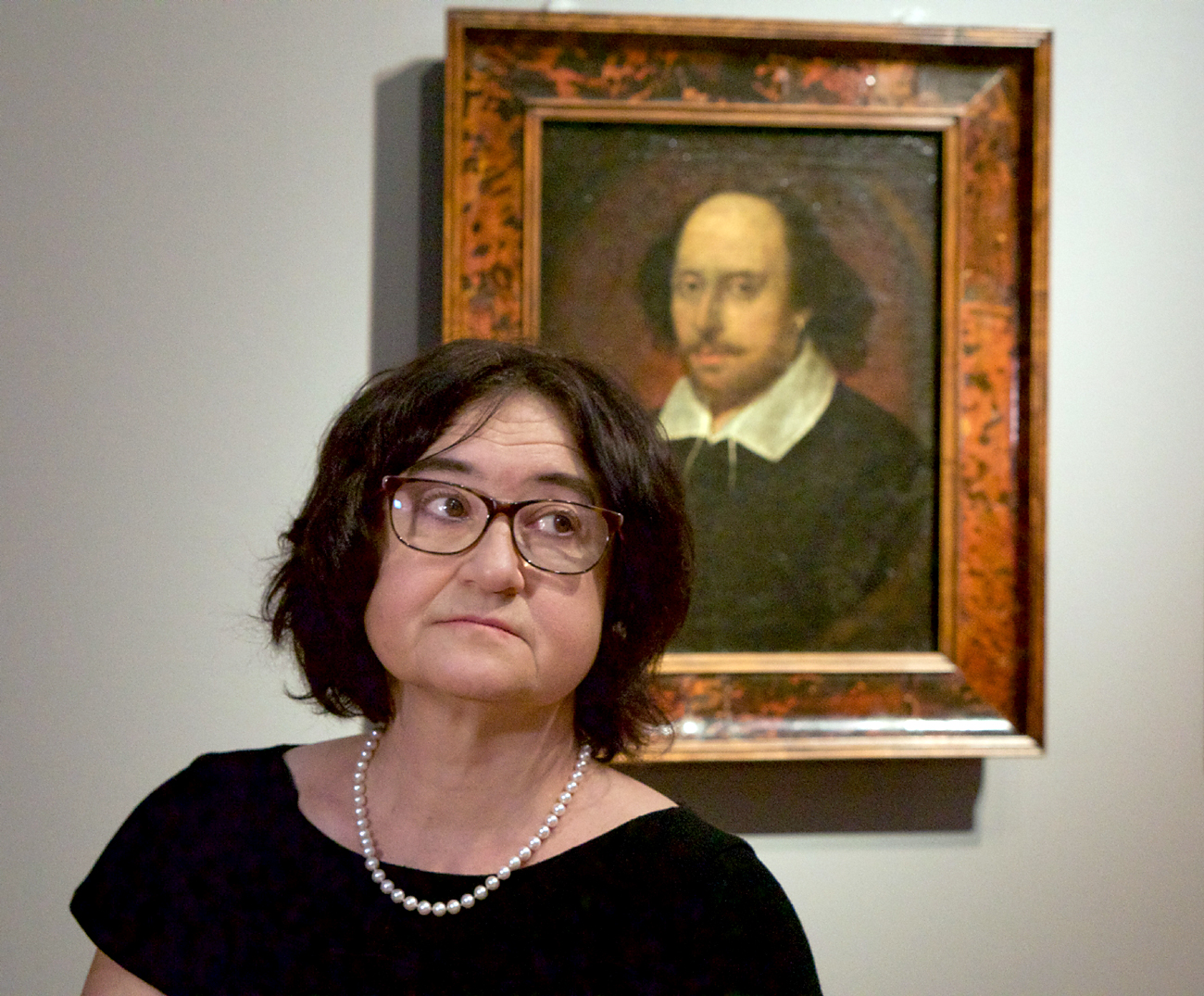
Director of the Tretyakov Gallery Zelfira Tregulova at the exhibition titled ‘From Elizabeth to Victoria. English portrait from the collection of the National Portrait Gallery, London’ in the Tretyakov Gallery.
PhotoXPressIzvestia: For the upcoming season, the Tretyakov Gallery has announced a large-scale project, Roma Aeterna. What will we see?
Zelfira Tregulova: Caravaggio’s The Entombment of Christ, Nicolas Poussin’s The Martyrdom of St. Erasmus, Paolo Veronese’s The Vision of St. Helena, Giovanni Bellini’s The Lamentation over the Body of Christ, two small wood panels by Raphael [ed. Faith and Mercy] as well as amazing works by Fra Angelico, Ercole de Roberti, Carracci, Guido Reni, Artemisia Gentileschi, Guercino…
A total of 41 works from the permanent collection of the Vatican Pinacoteca. These are truly unique exhibits. I cannot recall any other exhibition from that museum featuring such a number of top-class works that are of such great significance for the history of art and the whole of humanity.
I.: The Tretyakov Gallery specializes in Russian art. How do the Italians come into it?
Z.T.: It is part of an exchange project. During the meeting between President Vladimir Putin and Pope Francis I, an idea was voiced to organize an exhibition of works from Russian museum collections at the Vatican and a Pinacoteca exhibition in a Russian museum. Since the exhibition at the Vatican is primarily meant to display Russian art, the Tretyakov Gallery became the main participant in the project. So when it was being decided where the collection from Rome will be displayed, there was no doubt that it should be at the Tretyakov.
I.: What will you be bringing to the Vatican?
Z.T.: A large chunk of Russian art of the second half of the 19th and early 20th centuries. These are mainly paintings deriving their inspiration from the Scriptures: Ivan Kramskoy’s Christ in the Wilderness, Nikolai Ge’s Golgotha, sketches and early versions of Alexander Ivanov’s The Apparition of Christ Before the People.
I.: The main event of this summer and fall at the Tretyakov is the Aivazovsky exhibition. Has it beaten the record set by the Serov exhibition?
Z.T.: Indeed it has — from its very beginning. At the Serov exhibition, the average number of visitors was 4,850 people a day; for the Aivazovsky exhibition, the figure is about 6,000. So the record set by the Serov exhibition has been beaten. As of today, the exhibition has been seen by 235,000 people.
I.: There has recently appeared a new cultural phenomenon — the line to the Serov exhibition. It implies that this heightened interest in the arts from the general public is a relatively new thing. Is this an emerging trend?
Z.T.: Indeed, museums are now full of people who previously never went there. In 2014, the Tretyakov Gallery’s modern art building in Krymsky Val received 232,000 visitors, fewer than the number of people who this year have been to the Aivazovsky exhibition alone. Last year, we welcomed 500,000 visitors, and this year we hope the figure will rise to 750,000.
The situation is changing and not only in Russia, but all over the world, too. Most museums are seeing a boost in their visitor figures. I think it shows that people have had quite enough of interactive and virtual reality and are keen to get back to the originals.
This interview is abridged from the original version. First published in Russian by Izvestia.
All rights reserved by Rossiyskaya Gazeta.
Subscribe
to our newsletter!
Get the week's best stories straight to your inbox